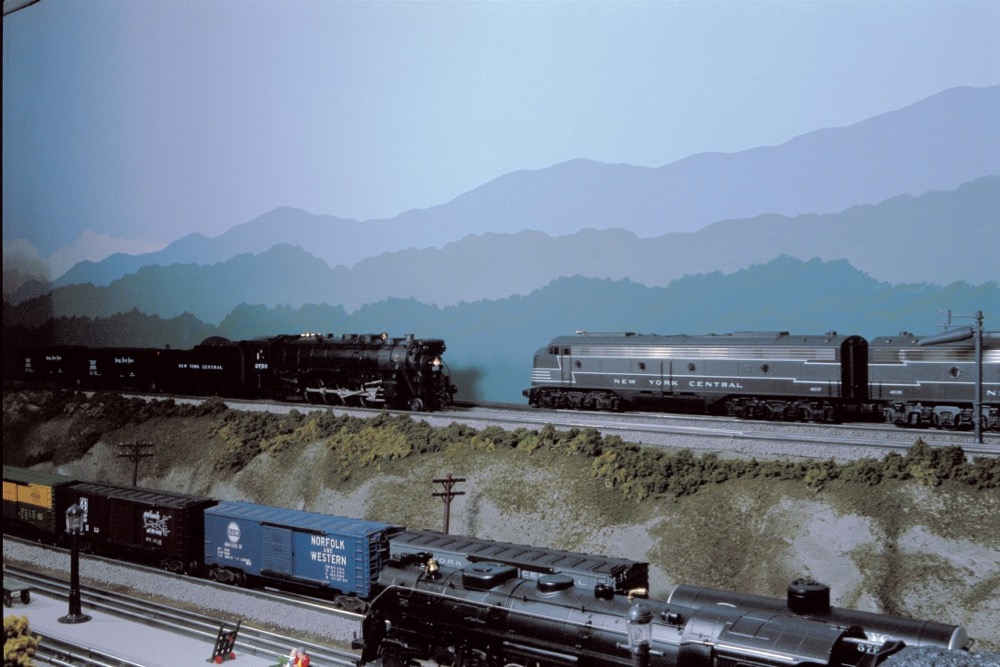
Creating the scene The examples shown here are from the backdrops on my O gauge layout, which is set against distant hills. I broke each sketch down to three levels of scenery: the foreground (tree line), the intermediate level (nearby hills), and the background (mountains). I needed to use only three colors, one for each […]
Read More…
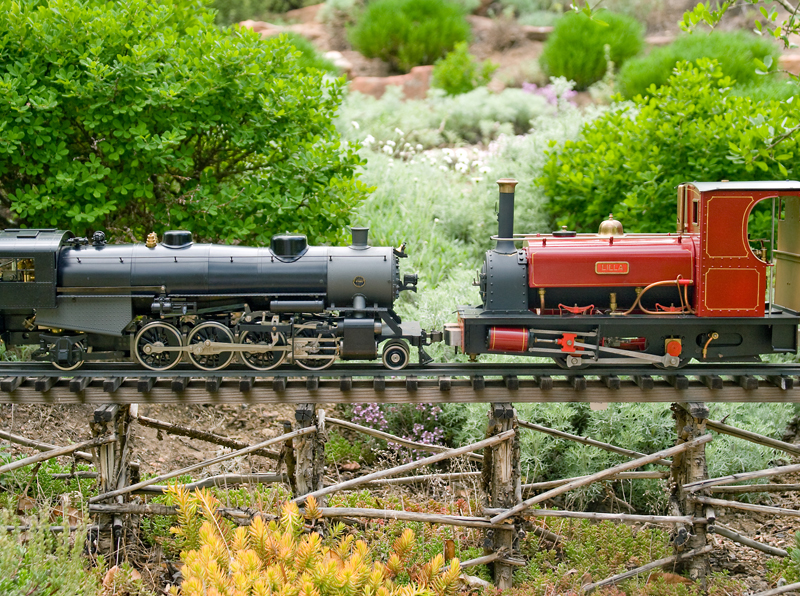
Common scales of large scale trains: Most of us have had this experience as we got started in garden railroading: You go to the hobby shop or look online, looking for equipment for your new railroad. It’s all large scale and it all looks good. But the more you look, the less comprehensible your choices […]
Read More…
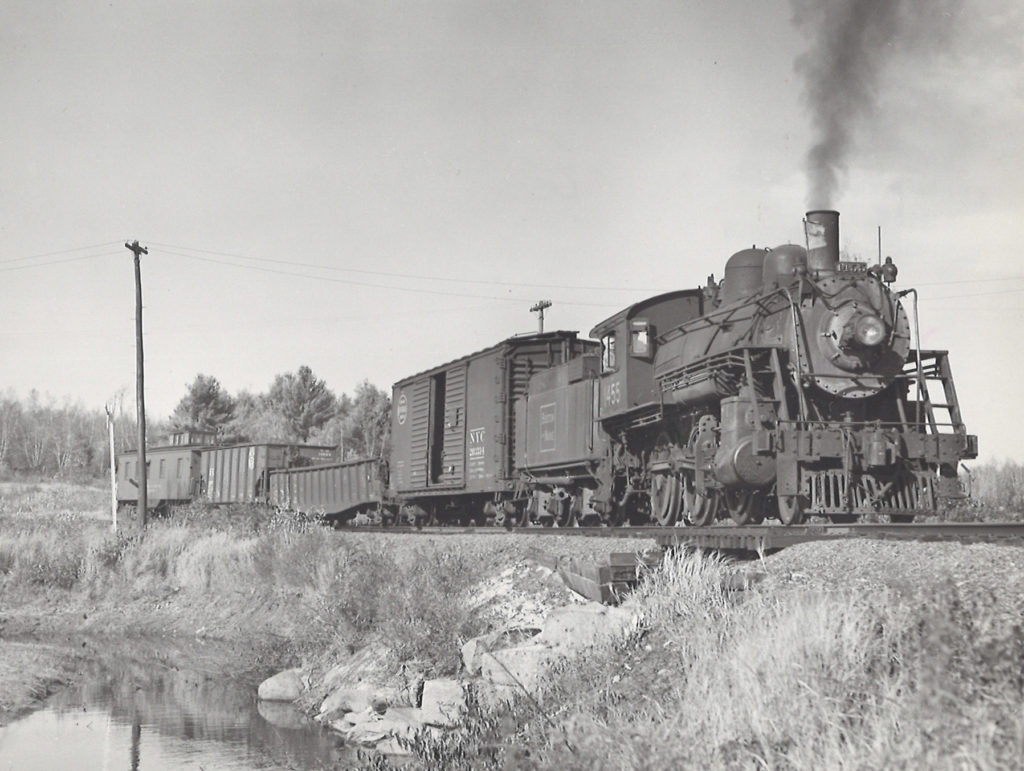
Our sister magazine, Classic Trains, named Boston & Maine the railroad of the month for October 2019. Please enjoy this photo gallery of images from the David P. Morgan Library archives at Kalmbach Media that include B&M steam-powered freight trains through time. […]
Read More…
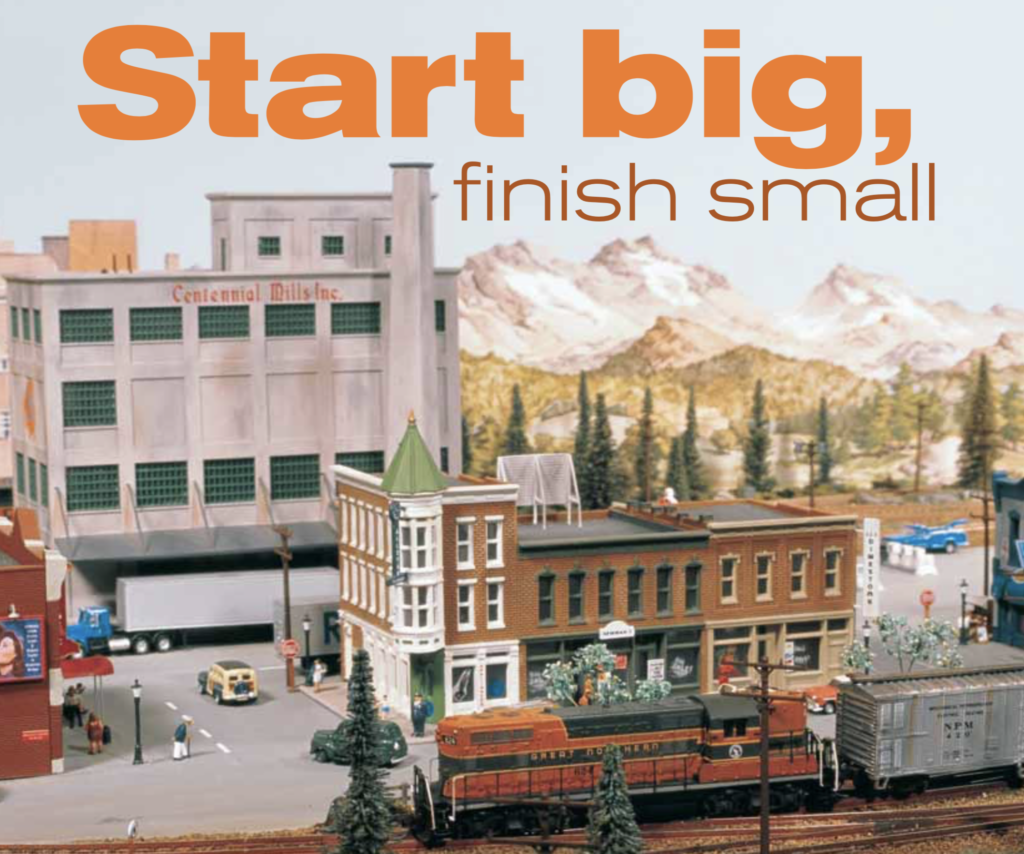
Although I’m really an HO scale modeler at heart, I’ve always been intrigued with N scale trains and have more than once thought how neat it would be to “have a few.” Being without any other outlet for modeling, those very thoughts soon translated into construction of the Havaphew Central, my first N scale layout. […]
Read More…

In N scale, oversized, truck-mounted couplers are still a de facto standard, but body-mounted scale-sized couplers aren’t exclusive to larger scales. Micro-Trains Line sells N scale freight cars with pads and mounting holes for easy installation of body-mounted couplers. For an even more in-scale appearance, I install Z scale couplers instead of N scale couplers. […]
Read More…
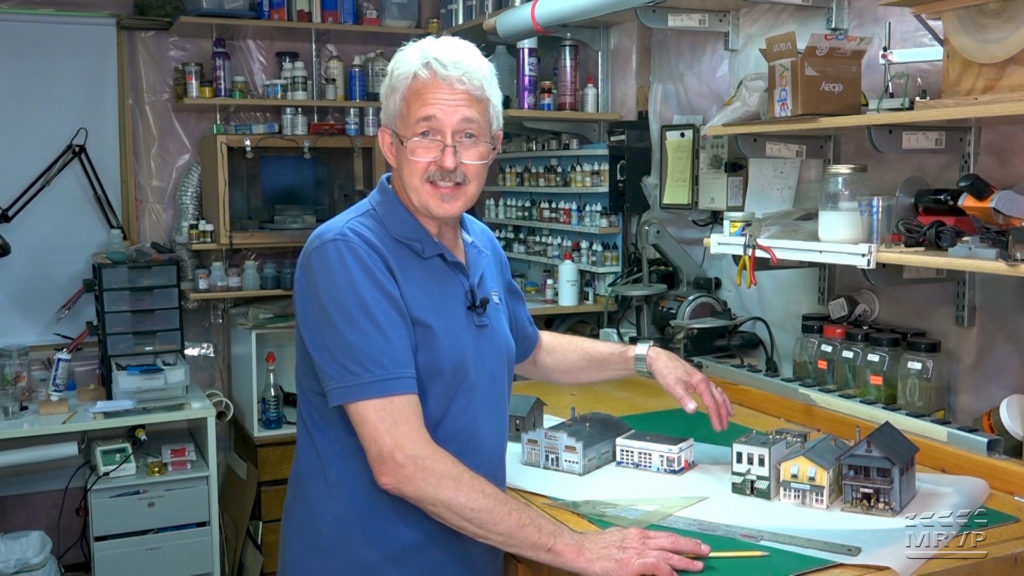
Contributing Editor Gerry Leone continues to share his final project on the HO scale Bona Vista Rwy. This time you’ll see how to make sure Main Street, its sidewalks, and all of the surrounding structures maintain prototypical alignment and appearance. […]
Read More…

Jim Kelly wanted to see all the fabulous detail on his new ScaleTrains.com carbon black covered hoppers. A few simple steps had them looking more like their full-sized counterparts. Bill Zuback photo The universe has its black holes, and we who model in N scale have ours: black locomotives and rolling stock. The details are […]
Read More…
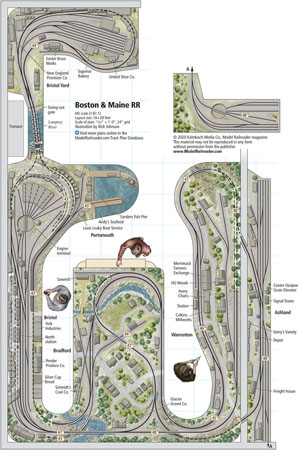
Name: Boston & Maine Layout owner: Thomas Oxnard Scale: HO (1:87.1) Size: 18 x 28 feet Prototype: freelanced, inspired by the Boston & Maine Locale: Boston, Seacoast region of New Hampshire into the mountains Era: 1953 Style: walk-in Mainline run: 194 feet Minimum radius: 20″ Minimum turnout: no. 6 Maximum grade: 3 percent Benchwork: L-girder […]
Read More…

The layout at a glance Name: East Bluff Terminal RR Layout owner: Joe Visintine Scale: HO (1:87.1) Size: 14′-6″ x 42′-6″ plus 1′-5″ x 32′-0″ staging yard Prototype: freelance Locale: along the Mississippi River bluffs south of East St. Louis, Ill. Era: 1971 Style: along the walls Mainline run: 110 feet Minimum radius: 34″ Minimum […]
Read More…
Classic Toy Trains Senior Editor Roger Carp and Editor Hal Miller talk about Lionel’s fun freight cars from the 1960s during the Feb. 28 show, Happy Hour! This is a recording of the live event. For more about Lionel trains of the 1960s, check out the new special issue. Watch what all the fun in […]
Read More…
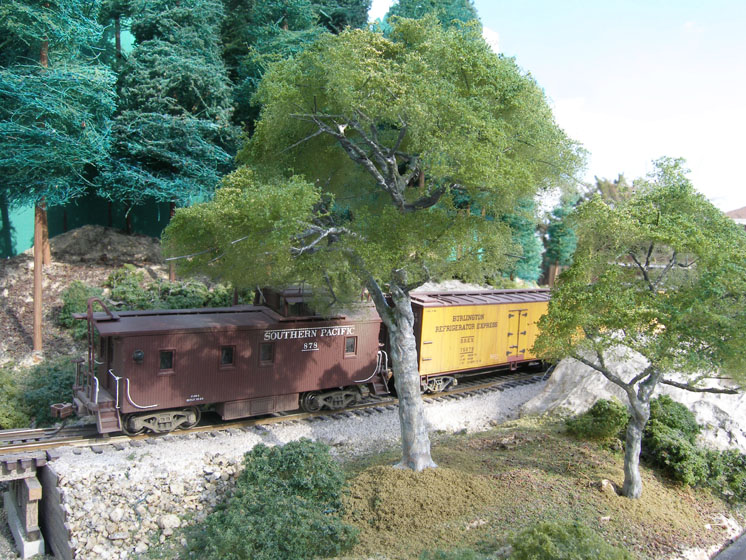
When he needed a few deciduous trees for his HO scale layout, Robert Pethoud turned to a tried-and-true method – hand-twisting armatures from florist’s wire. Coating the trunks in a mix of plaster and glue realistically simulates bark. All photos by Robert Pethoud. Fig. 1 Big and small. Robert used 30AWG florist’s wire for the […]
Read More…
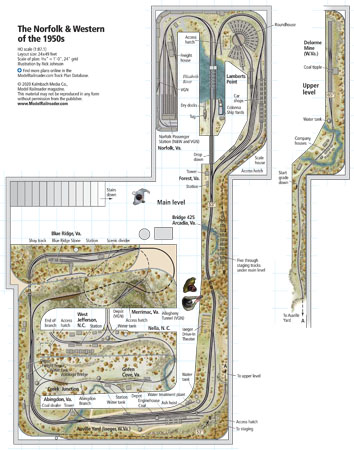
Name: The Norfolk & Western of the 1950s Layout owner: Gary Hoover Scale: HO (1:87.1) Size: 24 x 49 feet Prototype: Norfolk & Western Ry. Locale: Virginia and West Virginia Era: 1954 to 1957 Style: multi-level walk-in Mainline run: 120 feet Minimum radius: 30″ (N&W), 27″ (Virginian Ry.) Minimum turnout: no.8 (main), no. 6 (yards) […]
Read More…











